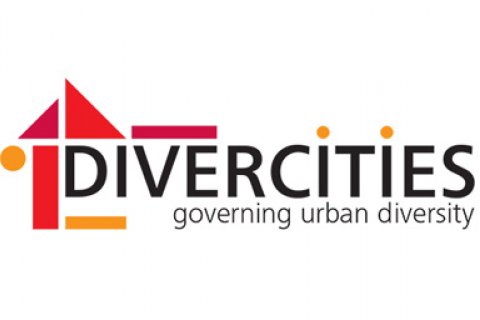It’s not all doom and gloom in poor neighbourhoods
DIVERCITIES

Poor neighbourhoods often have a bad name. An international group of researchers led by urban geographers from Utrecht University, show that the diversity in poor neighborhoods has many positive effects. With the Feijenoord district in Rotterdam as one case study, Utrecht researchers show that many residents of the district benefit from their diverse habitat.
A place of arrival
Feijenoord in Rotterdam has plenty of homes with a relatively low rent or purchase price, a fairly high turnover of residents and businesses, and a very diverse population. For these reasons, the area serves as a place of arrival for immigrants who are looking for a relatively inexpensive home or a home near family or friends.
Poor, but rich in diversity
The neighbourhood is financially poor, but very diverse. Feijenoord residents comprise a diverse mix of different education levels, incomes, ages, lifestyles and origins. DIVERCITIES (an international research project led by Utrecht University) researchers are investigating how the image of neighborhoods differs in political and public debates with the reality of residents. Rotterdam’s Feijenoord district is one of the case studies.
Fourteen neighbourhoods
DIVERCITIES is composed of researchers from thirteen European countries and Canada and is led by Professor of Urban Geography Ronald van Kempen of Utrecht University. The researchers are undertaking research in thirteen European cities and in Toronto (Canada). The research in Feijenoord was conducted by researcher Anouk Tersteeg. Anouk interviewed 56 residents for the study.
Profiting from diversity
Tersteeg spoke with residents about topics including social networking, social mobility and perceptions of diversity. Although she encountered negative effects of diversity, such as crime and language barriers, the general impression is that people appreciate diversity and benefit from the various aspects of local diversity in Feijenoord. Residents turn out to have very diverse social networks of neighbours and to have local acquaintances who they provide care and other forms of help for. Residents often appear to work through having low incomes, so-called ‘weak ties’, which can act as a safety net against downward social mobility. The researchers conclude that local institutions including schools, libraries and community centres play a key role in facilitating various social networks.

